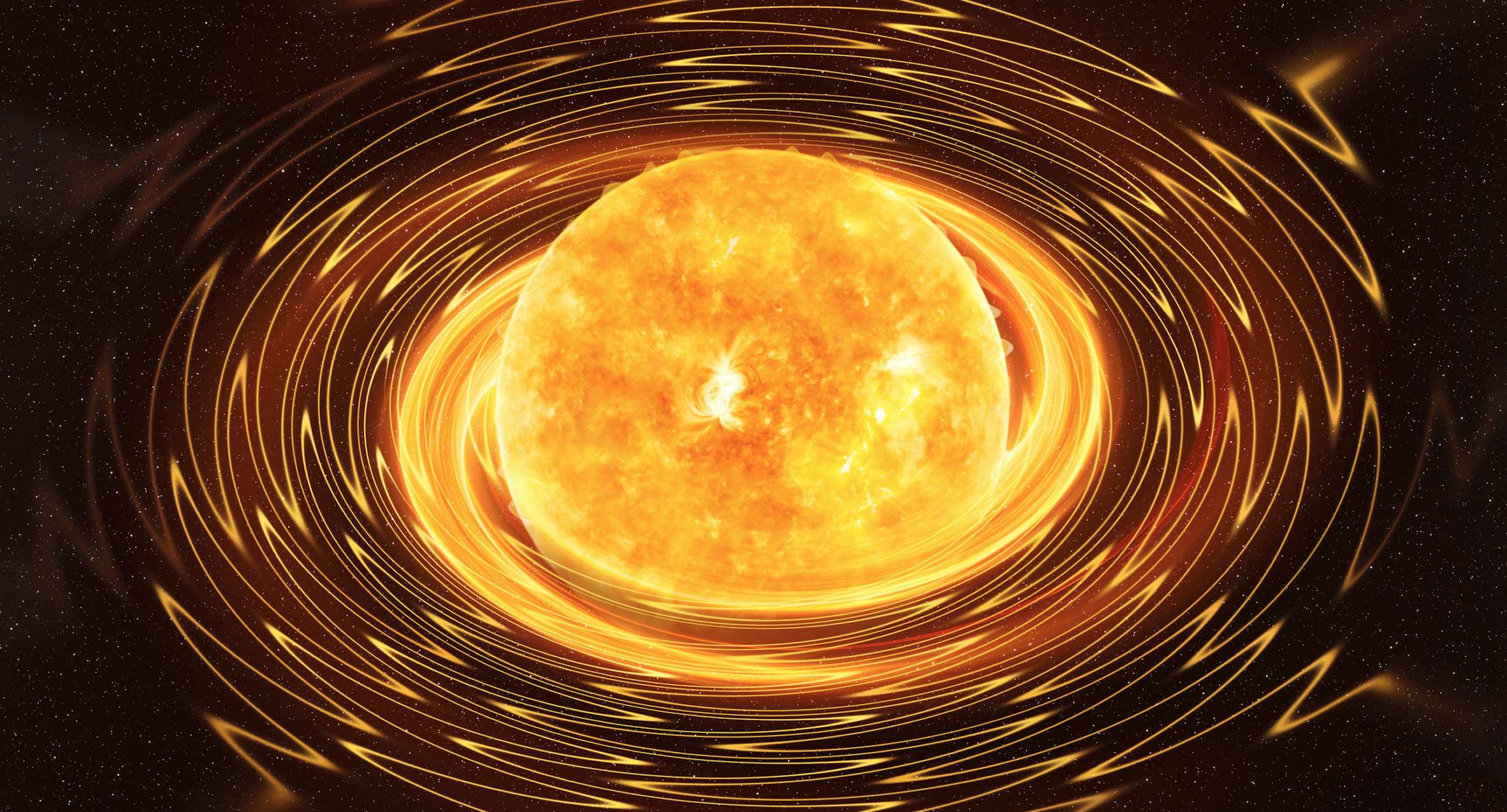Create a free profile to get unlimited access to exclusive videos, sweepstakes, and more!
The youngest magnetar ever discovered found spinning 16,000 light years away

With the monumental magnetic power to warp every atom in your body and obliterate your existence, the rare cosmic force known as a magnetar holds great respect and awe in the minds of astronomers worldwide. These young, rapidly-spinning neutron stars are created out of the elemental forge called a supernova, similar to the way pulsars are birthed, and are some of the more exotic phenomena in the universe.
Harnessing the telescopic might of NASA’s Neil Gehrels Swift Observatory, ESA’s XMM-Newton observatory, NASA’s Nuclear Spectroscopic Telescope Array (NuSTAR), and several ground-based telescopes, astronomers have located and catalogued one of these elusive, highly magnetized neutron stars 16,000 light years from Earth in the constellation Sagittarius.
This newborn magnetar emitted a strong X-ray burst with a number of long and short radio pulses that researchers first picked up on March 12, 2020. Officially named Swift J1818.0-1607, the baby neutron star contains a magnetic field some 70 quadrillion times stronger than that of Earth and 1,000 times greater than a normal neutron star. Its signature X-ray cry was projected outward some 16,000 years ago, when it was only 240 years old.
Magnetars are some of the most mysterious of all heavenly objects and only one in ten supernovae create these dense cosmic dynamos. Out of more than 3,000 neutron stars discovered to this date, only 31 total magnetars have been confirmed, making their strange existence extremely rare.
"This object is showing us an earlier time in a magnetar's life than we've ever seen before, very shortly after its formation," said Nanda Rea of the Institute of Space Sciences in Barcelona, principal investigator on the observationaal projects by XMM Newton and NuSTAR. "Maybe if we understand the formation story of these objects, we'll understand why there is such a huge difference between the number of magnetars we've found and the total number of known neutron stars."
While American patriots and British redcoats were battling during the Revolutionary War circa 1778, an unnamed star in Sagittarius detonated and the aftermath of that explosion left a collapsed stellar core that reduced two Suns' mass into a hot condensed globe only 15 miles across.
At a mere 240 years old, Swift J1818.0-1607 is not only the youngest neutron star ever discovered, but it's also the youngest magnetar found. Rotating at a blur-inducing 1.36 times per second, this newborn magnetar holds the record for one of the fastest-spinning objects as well.
Swift J1818.0-1607's unique properties are the result of a "just right" process of its dynamo mechanism, which converts heat, rotational energy, and its magnetic field into an eruption of unimaginable magnetic energy.
The methods of formation for neutron stars and magnetars are somewhat similar, but exhibit different personalities in their rotations. Magnetars normally spin at a slower rate of approximately once every 8 to 10 seconds, where neutron stars revolve faster at 1 to 2 rotations per second.
These universal powerhouses emit a brilliant glow of X-rays containing more radiant power than could ever be generated by the rotation of a typical neutron star. But the flame that burns twice as bright, burns half as long, and unfortunately magnetars' magnetic fields decay after only 10,000 years, the blink of an eye in cosmic time.
Magnetars are normally only visible in X-rays, but Italy's Sardinia Radio Telescope data taken one week after the intense X-ray burst revealed that Swift J1818.0−1607 also demonstrated pulsed emission in radio waves.
“Neutron stars that emit long-lived radio beams are called radio pulsars. Swift J1818.0−1607 is one of five known magnetars that are also radio pulsars,” the researchers explained.






























